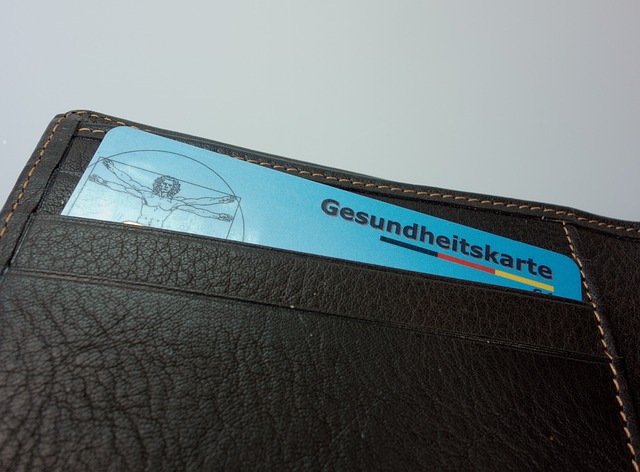This text compares enclosed vs open car transport methods. Enclosed transport offers sheltered, weatherproof containers for high-value cars, protecting them from debris and extreme weather, while open transport involves loading vehicles onto flatbeds with minimal covering, exposing them to environmental factors. Choosing between them depends on vehicle value, desired protection levels, and budget. Both options include Car Shipping Insurance, but enclosed transport provides more comprehensive coverage for various perils, ideal for high-value or classic cars.
In the world of automotive transportation, understanding the distinction between enclosed and open car shipping services is pivotal for car owners. This article delves into these two distinct shipping methods, highlighting their key differences. We explore the advantages of enclosed car shipping, focusing on protection and security. Furthermore, we dissect the role of insurance in both options, emphasizing its importance for peace of mind, especially during transit. By the end, readers will grasp why choosing the right transport method can be a game-changer for their vehicle’s safety.
- Understanding Enclosed and Open Car Transport: Key Differences
- Advantages of Using Enclosed Car Shipping Services
- The Role of Insurance in Open vs Enclosed Car Transport
Understanding Enclosed and Open Car Transport: Key Differences

Enclosed car transport refers to the secure and sheltered carrying of vehicles within a sealed container or trailer, offering complete protection from external elements like weather, road debris, and potential damage during transit. This method is ideal for high-value, classic, or luxury cars that require extra care and are often insured for significant sums. On the other hand, open car transport involves loading vehicles onto a flatbed truck with minimal covering, exposing them to direct sunlight, rain, snow, and other environmental factors. While it’s more cost-effective, open transport may increase the risk of damage, especially during adverse weather conditions.
The primary difference lies in the level of protection offered, which directly impacts the overall cost and suitability for different types of vehicles. Enclosed transport is preferable for cars that demand meticulous care and a secure environment, while open transport suits budget-conscious individuals or those transporting less valuable vehicles. It’s crucial to consider these factors when choosing between enclosed and open car transport services, keeping in mind that appropriate Car Shipping Insurance can further safeguard your investment during transit.
Advantages of Using Enclosed Car Shipping Services

Enclosed car shipping services offer several advantages that make them a preferred choice for many vehicle owners. One of the most significant benefits is enhanced protection during transit. Since cars are transported in secure, sealed containers, they are shielded from direct exposure to harsh weather conditions, road debris, and potential theft. This reduced risk of damage or vandalism is particularly appealing for classic or luxury vehicles that require meticulous care.
Additionally, enclosed car shipping provides peace of mind thanks to comprehensive Car Shipping Insurance. This insurance coverage protects your vehicle against various perils, ensuring that you’re not liable for damages that may occur during the shipping process. Such services also offer flexibility in terms of pickup and delivery locations, allowing owners to have their cars transported directly from their current site to their desired destination, streamlining the entire process.
The Role of Insurance in Open vs Enclosed Car Transport

When considering open or enclosed car transport, understanding the role of insurance is vital. Different types of shipping methods come with distinct insurance coverage options. For open-car transport, standard insurance policies often cover the vehicle during transit. This includes protection against common risks like weather damage and road accidents. However, as the car is exposed, additional risks like theft or vandalism may not be included in the basic coverage. As a result, specific Car Shipping Insurance that offers comprehensive protection becomes essential for peace of mind.
In contrast, enclosed car transport provides an extra layer of security as vehicles are transported in secure, sealed containers. This method typically includes more extensive insurance options, covering a broader range of perils, including the aforementioned and also damage from rough handling. While these policies may come at a slightly higher cost, they offer better protection for high-value or classic cars. Thus, choosing between open and enclosed transport depends on factors like vehicle condition, budget, and the level of risk one is willing to accept, all while ensuring adequate Car Shipping Insurance coverage.
When choosing between enclosed and open car transport services, understanding the key differences and their respective advantages is crucial. Enclosed shipping offers enhanced protection for your vehicle against weather conditions and potential damages during transit, making it ideal for high-value or classic cars. On the other hand, open transport is more cost-effective and suitable for less valuable vehicles. Regardless of your choice, ensuring adequate car shipping insurance is essential to safeguard against unforeseen events. By carefully evaluating these options and considering your specific needs, you can select the best method for a smooth and secure car transportation process.
